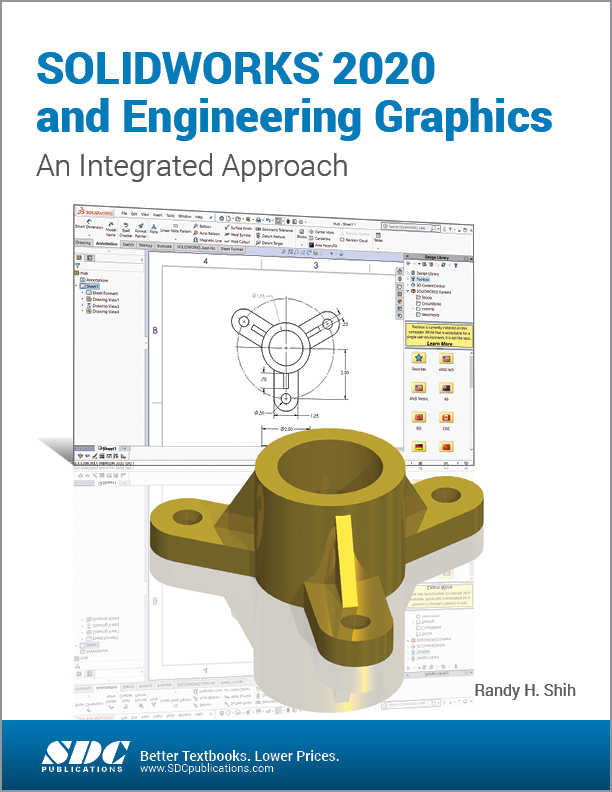

This matter will be further explored under requirements verification in Volume 3. The content of Section 3 of these specifications should be the basis for the content of Section 4 of these specifications which provides the requirements for acceptance verification. This content includes a selection of the most significant design features that should be used as the basis for the article acceptance process at the end of the manufacturing process. The requirements content of Section 3 of the item Part II or detail specification should be design-dependent, driven by the product design. This form of traceability, if developed would perhaps better be captured in the entity detail specification than the performance specification. One way to encourage an organization into this laudable pattern of behavior, however, is to require that a design engineer include in the Critical Design Review (CDR) briefing: (i) the requirements as you understand them, (ii) the design features, (iii) the correlation between the requirements and the design features, and (iv) identify remaining risks. The author is quick to understand that many design engineers and managers would find this formal design traceability idea a difficult pill to swallow. For hardware this connection could be as simple as a reference to a particular zone, such as C12, on a specific engineering drawing where one could find the design features that correspond to a particular requirement or a reference to a particular module.ĭesign traceability relative to the requirements is generally poorly documented where the product is implemented in hardware. Now, design engineers will initially have great trouble doing this initially and it will likely be necessary for them to be supported by a system engineer to understand how to do it.

One way to do this is to require that the responsible design person or team produce a design traceability table showing exactly that. Ideally, the responsible design engineer would be able to brief his or her design at preliminary and detail design reviews in terms of the parts of the design solution that are responsible for satisfying particular requirements in the specification.

The engineering drawings and software code reflect the design of the product driven by the content of Section 3 of the item performance specification and ideally it should in some fashion be traceable to the content of the specification. Grady, in System Requirements Analysis (Second Edition), 2014 2.2.5.1 Requirements Traceability to Design


 0 kommentar(er)
0 kommentar(er)
